Model CT-PLUME – Evaluation of the impact of cooling tower plumes on the surrounding environment
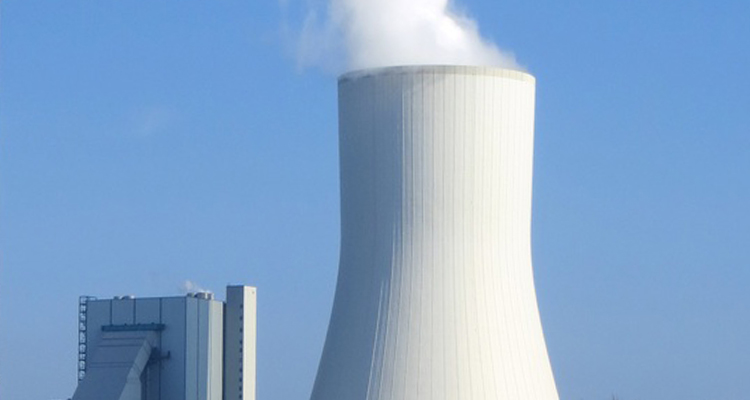 In the 1990s, in connection with the completion of the Temelín nuclear power plant, there was an interest to objectively evaluate the impact of plumes, i.e. visible and invisible air currents coming from cooling towers (CT), on the surrounding environment. Unlike chimney-based plumes, CT plumes contain large amount of water, which influences their behaviour, and modelling of this type of plumes must consider this fact.
In the 1990s, in connection with the completion of the Temelín nuclear power plant, there was an interest to objectively evaluate the impact of plumes, i.e. visible and invisible air currents coming from cooling towers (CT), on the surrounding environment. Unlike chimney-based plumes, CT plumes contain large amount of water, which influences their behaviour, and modelling of this type of plumes must consider this fact.
We developed a model and tools for evaluating the impact of CT plumes on the surrounding microclimate using the concept: develop a simple mathematical model, which can be applied to a large amount of cases in a reasonable time for various meteorological data with the aim at processing data from several years. This allows calculating various statistics of impacts of CT plumes on the environment. Examples of several outputs of the CT-PLUME model are in Figures 1-4.
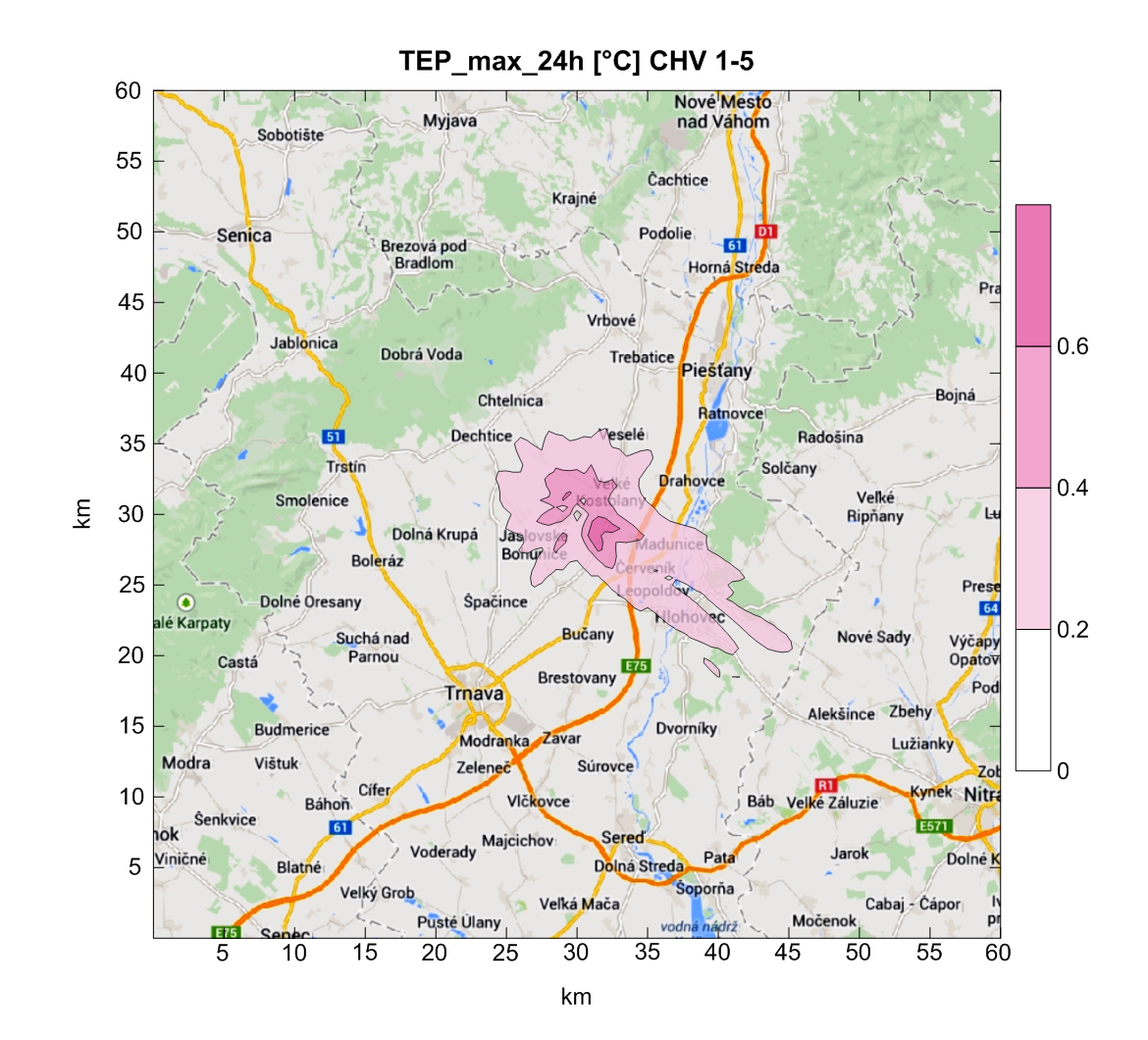
Maximum change in daily temperature (24 h average) caused by CT plumes.
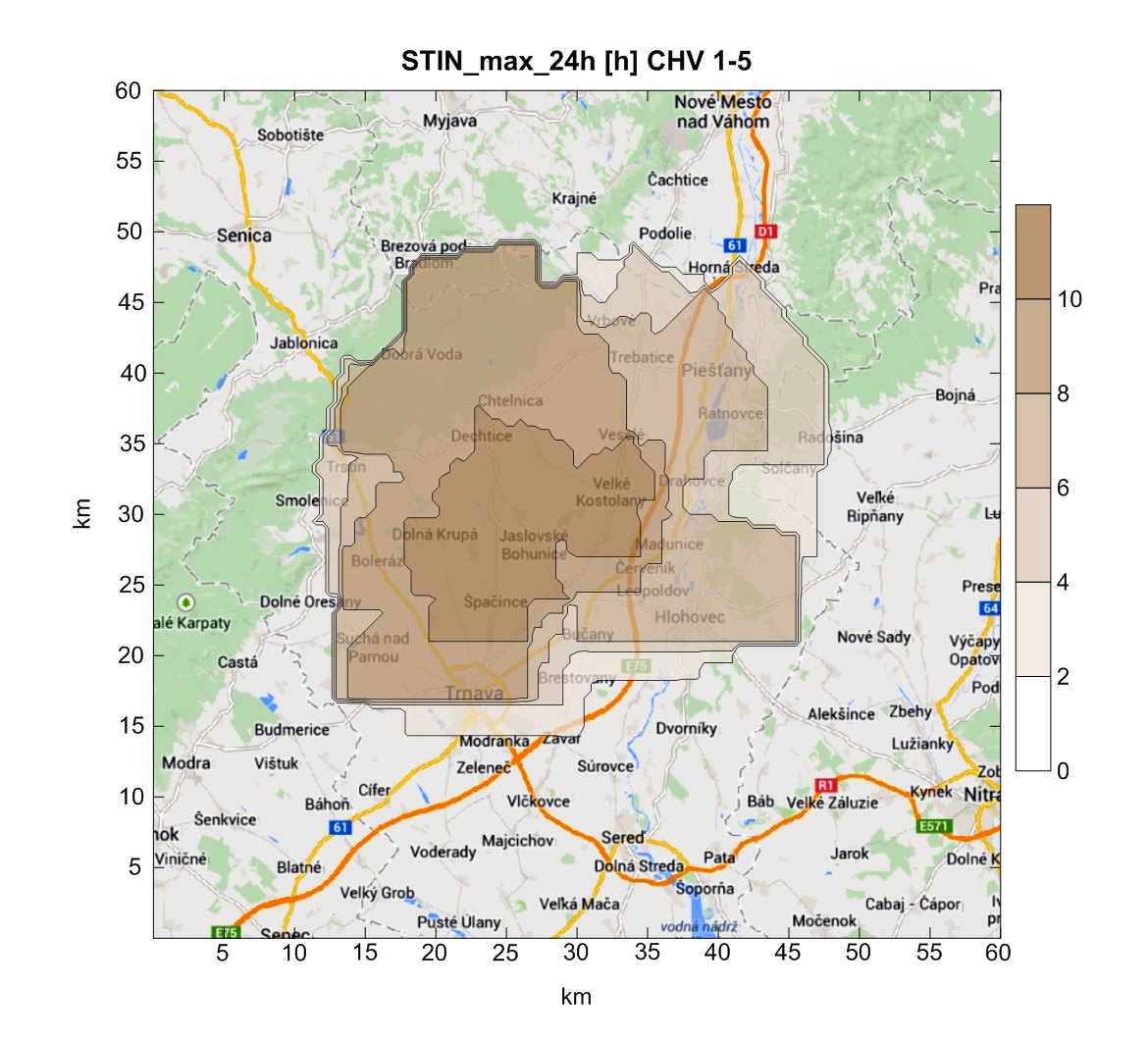
Comparison of old and new CT configurations. The brown area shows the area where the new configuration increases the shading of the earth's surface by at least 1 hour per year.
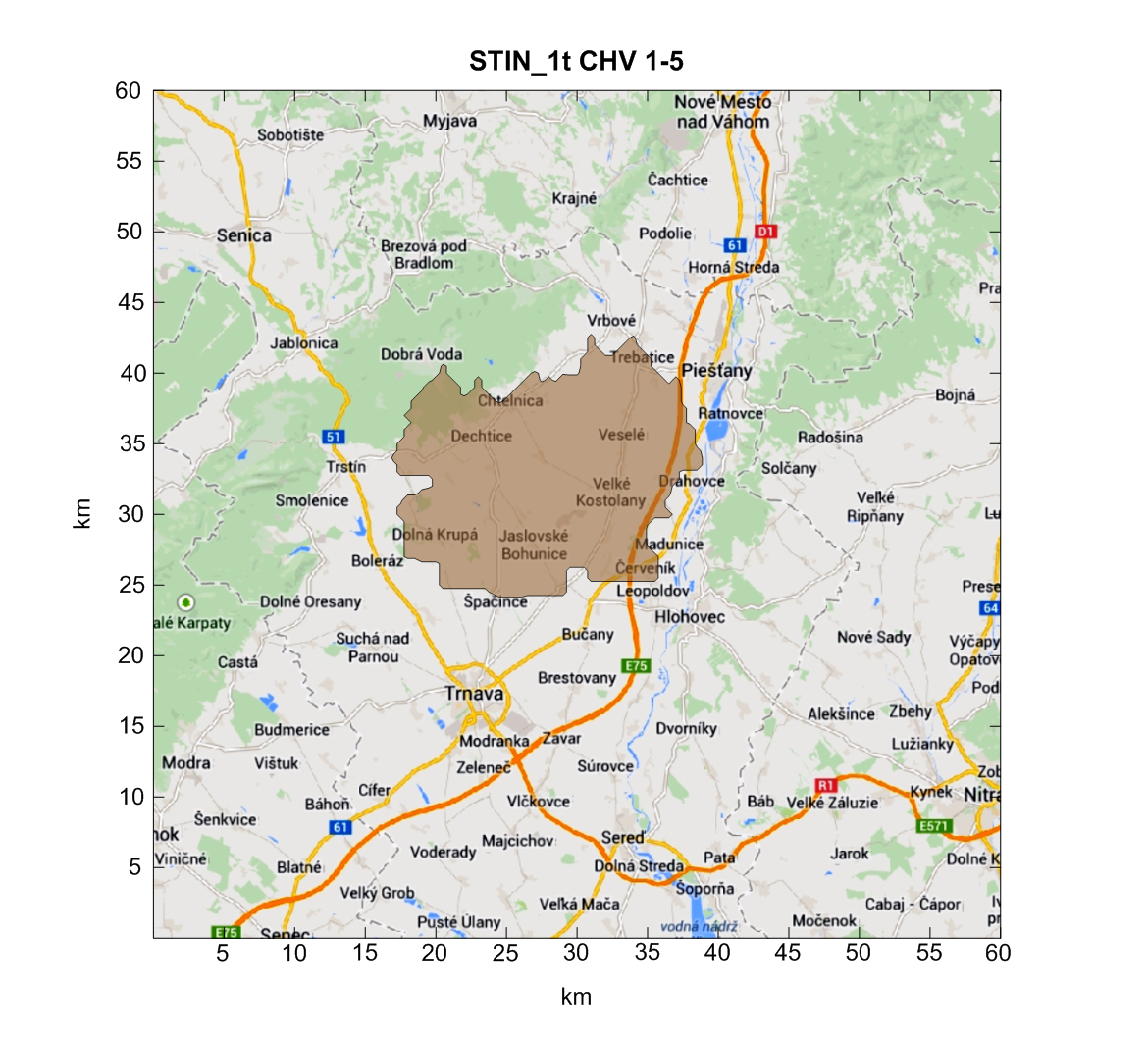
Figure shows areas where the earth's surface might be shaded by plumes.
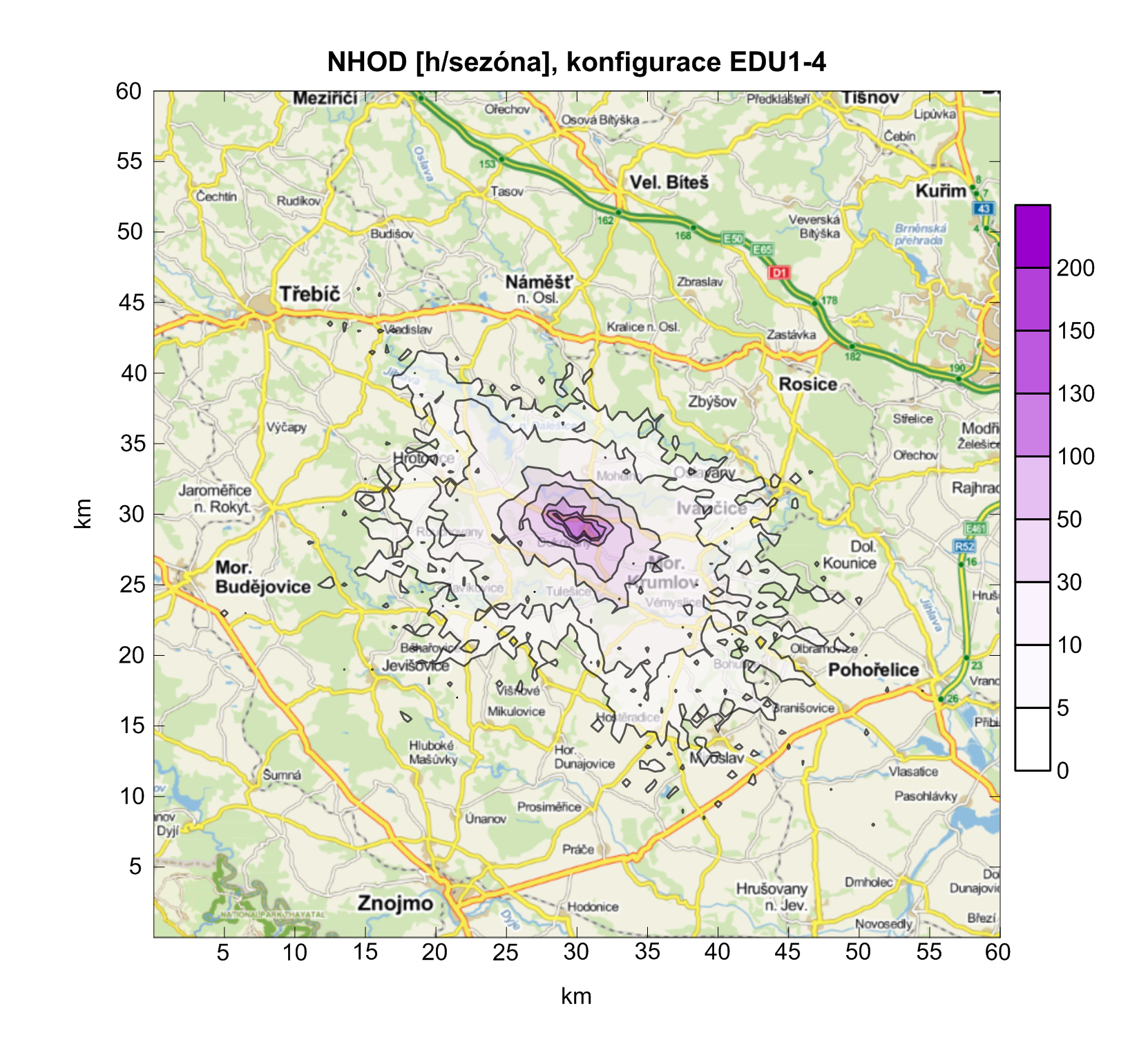
Area where icing may occur for a shown number of hours per year.
Read more.
